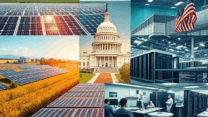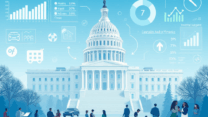
2025 EV Subsidy Guide: Maximize Your Electric Car Benefits
Understanding the Dual Subsidy System in Korea
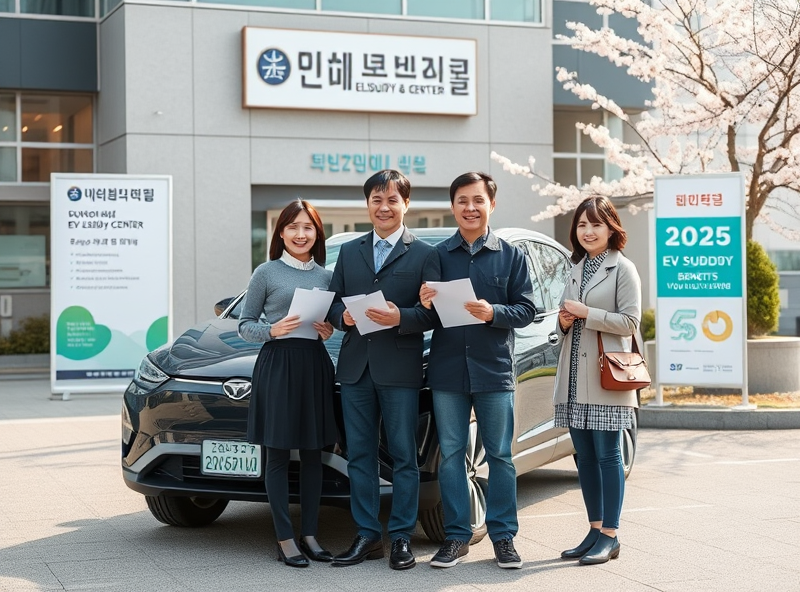
In Korea, the government supports electric vehicle (EV) adoption through a dual subsidy system, which includes both national and local subsidies. This system is designed to make EVs more affordable and accessible, helping consumers transition to cleaner transportation while reducing overall carbon emissions.
The national subsidy is managed by the Ministry of Environment and is standardized across the country. In 2025, this subsidy will continue to be based on the vehicle’s battery capacity, energy efficiency, and price. For example, fully electric vehicles (BEVs) under 55 million KRW may receive up to 100% of the national subsidy, while those priced between 55 million and 85 million KRW are eligible for a reduced subsidy. Vehicles priced above 85 million KRW are not eligible for national subsidies.
On the other hand, local subsidies vary by region and are managed by each local government. These subsidies are often limited in quantity and distributed on a first-come, first-served basis. Some cities or provinces may offer additional incentives such as reduced registration taxes, toll exemptions, or free parking for EVs. Therefore, it’s crucial to check with your local government office or website for the most up-to-date information.
To maximize your benefits, consider applying early in the year, as local subsidies tend to run out quickly. Also, choosing a vehicle that qualifies for both full national and local subsidies can significantly reduce your upfront cost.
For more detailed and official information, you can visit the Ministry of Environment’s EV subsidy portal here: https://www.ev.or.kr/nportal/index.do
What’s New in 2025 EV Incentives
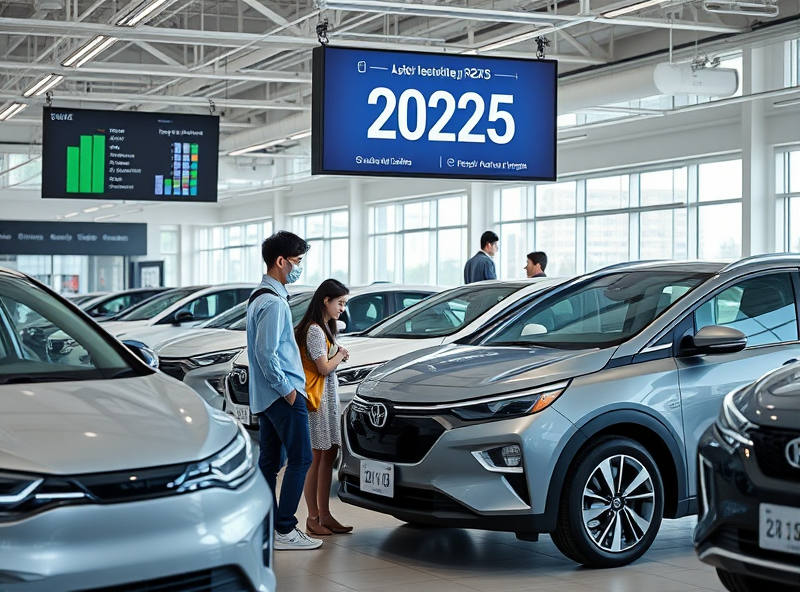
In 2025, South Korea is rolling out updated electric vehicle (EV) incentives designed to make eco-friendly driving more accessible and affordable. The government has refined its dual subsidy system—national and local—to better align with carbon reduction goals and to support a broader range of EV buyers.
At the national level, the Ministry of Environment has increased the base subsidy for fully electric vehicles (BEVs) to up to 6.5 million KRW, depending on the vehicle’s price, battery efficiency, and domestic production rate. Plug-in hybrids (PHEVs) are still eligible but receive lower subsidies, reflecting the government’s push toward zero-emission vehicles.
One of the most notable changes is the stricter price cap: only EVs priced under 55 million KRW will receive the full subsidy, while those priced between 55 and 85 million KRW will receive a reduced amount. Vehicles priced above 85 million KRW are no longer eligible. This change encourages automakers to offer more affordable EV options and helps consumers get the most value for their money.
On the local level, each province or city offers additional subsidies, typically ranging from 2 to 5 million KRW. Some regions also provide perks like free parking, toll exemptions, and tax reductions. These benefits vary by location, so it’s important to check with your local government office or their official website.
To maximize your benefits, consider applying early in the year, as subsidies are limited and distributed on a first-come, first-served basis. Also, be sure to purchase from a certified dealership and ensure the vehicle model is listed on the Ministry of Environment’s approved EV list.
For more detailed and updated information, you can visit the official Ministry of Environment EV subsidy page: https://www.ev.or.kr
With these new incentives, 2025 is shaping up to be a great year to go electric—both for your wallet and the planet.
Regional Differences in Subsidy Amounts
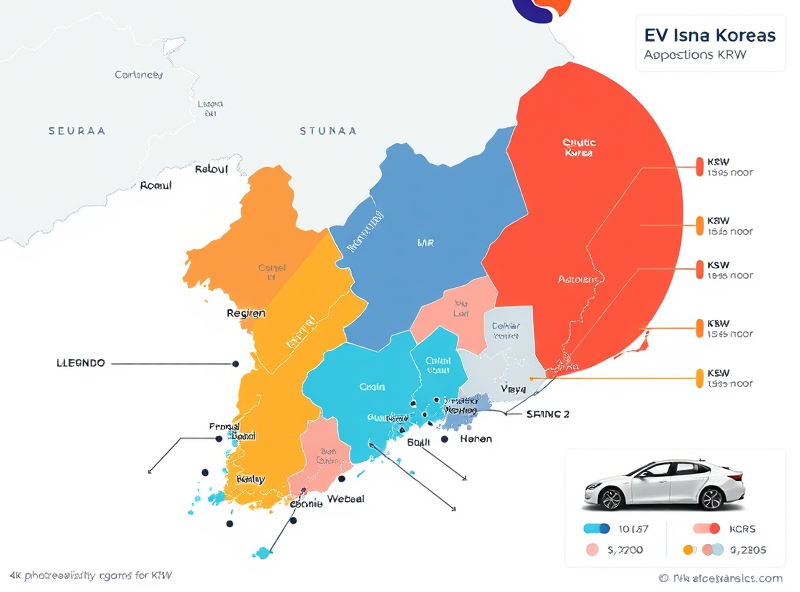
When it comes to purchasing an electric vehicle (EV) in South Korea, understanding the regional differences in subsidy amounts can make a significant impact on your final cost. While the national government provides a base subsidy for EV purchases, each local government adds its own amount on top of that—creating a dual-layered support system that varies widely depending on where you live.
For example, in 2025, Seoul offers one of the highest local subsidies, with up to 5 million KRW in additional support, while some smaller cities or rural areas may offer less than 2 million KRW. This means that two people buying the same EV in different regions could end up paying very different prices.
These regional subsidies are influenced by local budgets, environmental goals, and EV adoption rates. Cities with higher pollution levels or more aggressive green policies often provide more generous incentives to encourage EV adoption.
To maximize your benefits, it’s important to check both the national and local subsidy amounts before making a purchase. You can find up-to-date information on regional subsidies through the official Ministry of Environment website or your local government office. Planning ahead could save you millions of won and help you make a more informed, eco-friendly decision.
For more details, you can visit the official Korean Ministry of Environment EV subsidy page: https://www.ev.or.kr/nportal/notice/noticeList.do
How to Apply and Who Gets Priority
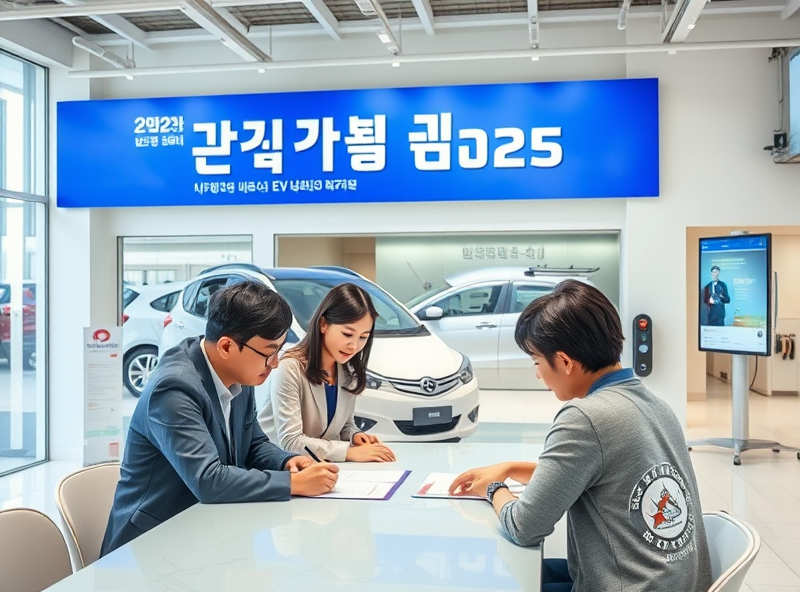
Applying for the 2025 EV subsidy in Korea is a straightforward process, but knowing the right steps and understanding who gets priority can make a big difference in how much benefit you receive.
To apply, you must first choose an eligible electric vehicle from the government-approved list. Once you’ve selected your EV, the dealership typically assists with the subsidy application process. The application is submitted through the ‘EV Subsidy Integrated System’ (https://ev.or.kr), managed by the Ministry of Environment. Make sure to have your resident registration number, vehicle purchase contract, and other required documents ready.
Now, who gets priority? The government uses a tiered system to ensure fair distribution and to encourage adoption among key groups. Priority is generally given to:
1. Individuals replacing old diesel vehicles (especially grade 5 emission vehicles).
2. Residents in air pollution control zones.
3. Public institutions and social welfare organizations.
4. First-time EV buyers.
Each local government may have slightly different criteria, so it’s important to check with your local city or provincial office for detailed guidelines. Applying early in the year is also recommended, as subsidies are limited and allocated on a first-come, first-served basis.
By understanding the application process and priority rules, you can maximize your subsidy and enjoy the financial and environmental benefits of driving electric.

